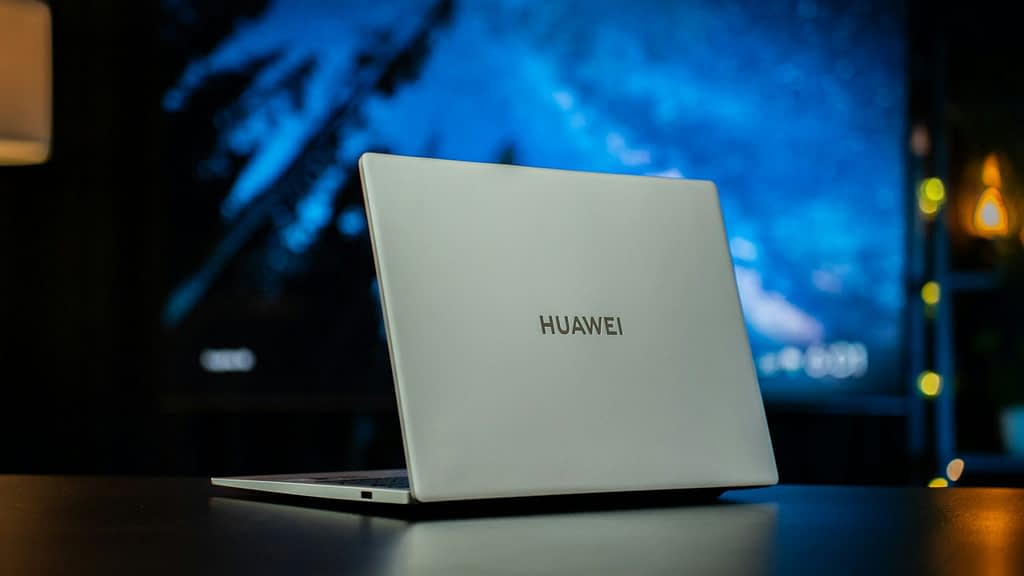The new chapter in the complex relationship between the world’s two largest economies is unfolding in the field of artificial intelligence, creating both interesting opportunities and risks for informed investors. The US Department of Commerce recently issued guidelines clearly stating that using Huawei Technologies’ Ascend AI chips “anywhere in the world violates US export controls.”
Escalation of Technological Rivalry Between Superpowers
This statement comes just days after negotiations in Geneva that led to a de-escalation of economic tensions between Beijing and Washington. China’s response was swift and clearly shows that technological rivalry remains one of the key points of tension despite the recent trade truce.
“The US warning fully exposes its unilateral protectionist nature,” said He Yongqian, a spokeswoman for China’s Ministry of Commerce, on Thursday. “The US announcement is a typical non-market and unilateral bullying practice. This move by the US is not conducive to the long-term mutually beneficial and sustainable cooperation and development of companies on both sides.”
The Bureau of Industry and Security (BIS) also announced plans to warn the public about “the potential consequences of allowing US AI chips to be used for training and inference of Chinese AI models.” The training of AI models involves bombarding them with data to teach them to recognize patterns, while inference is the stage where models use that training to carry out tasks.
Impact on the Technology Sector and Huawei
The Commerce Department’s guidelines further complicate Huawei’s ambitions to develop more powerful chips for artificial intelligence and smartphones, efforts that have already hit significant obstacles due to US sanctions. According to Bloomberg’s November report, Huawei was designing its next two Ascend processors – China’s answer to Nvidia’s dominant accelerators – around the same 7-nanometer architecture that has been the industry standard for years.
US-led restrictions had previously prevented Huawei’s chipmaking partners from obtaining state-of-the-art systems. These new instructions were announced as part of a broader rescission of Biden administration-era regulations on the export of semiconductors used in AI development. Those rules had drawn strong objections from US allies and companies, including Nvidia and Oracle Corp.
What This Means for Investors
For investors, this situation presents both risks and opportunities:
- Geopolitical uncertainty: Continuing tensions between the US and China in the technology sector mean increased volatility for companies operating in both markets
- Shift in production capacities: Restrictions may accelerate Chinese efforts toward self-sufficiency in semiconductors and AI, opening new investment horizons
- Regional specialization: Similar to European dominance in the hearing aid sector, other regions may find their specialized technology niches
- New opportunities: For technology companies outside the US and China, space may emerge for collaboration with both sides
Regulatory Development Outlook
The Trump administration is working on its own approach and could move toward negotiating individual agreements with individual countries. The Commerce Department said in its statement that the result will be “a bold, inclusive strategy for American AI technology with trusted foreign countries around the world, while keeping the technology out of the hands of our adversaries.”
China is urging the US to immediately correct its “wrong practices” and promises to take “resolute measures” to protect its interests, spokeswoman He added.
This tension in cutting-edge technologies will be an important factor for investors to monitor in the coming months, as it could significantly impact global supply chains, new product development, and the distribution of technological innovations.




